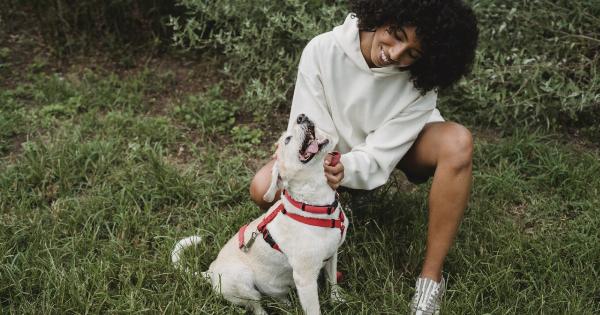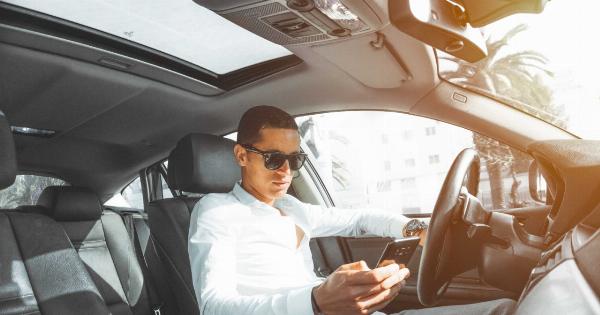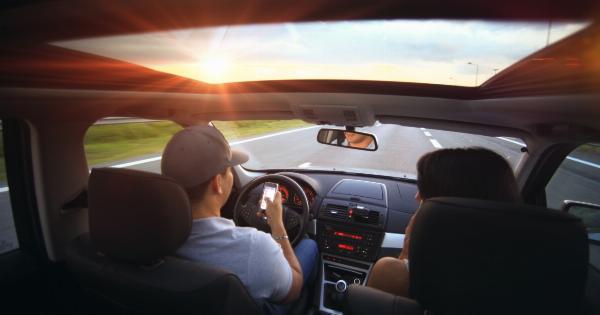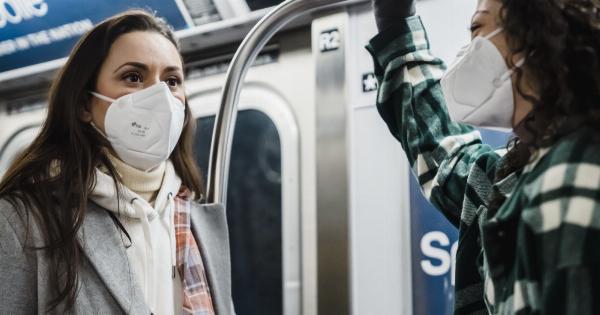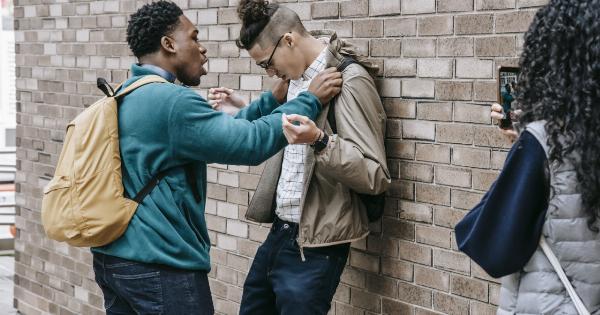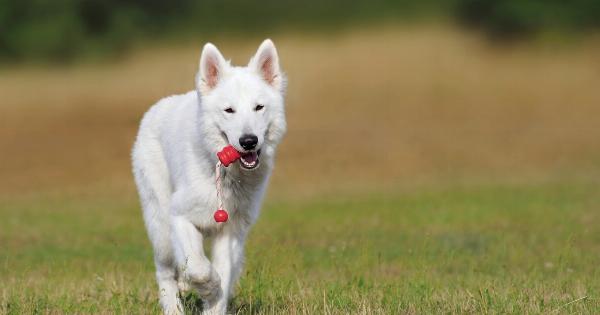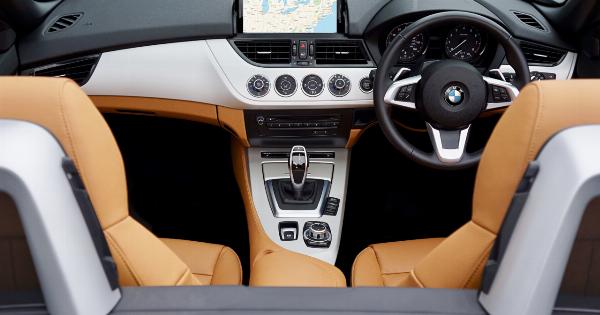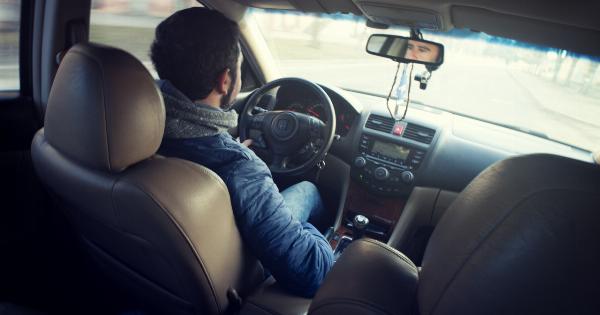Unaccompanied dogs on a ride can pose significant risks not only to themselves but also to the drivers, passengers, and pedestrians around them.
This article delves into the potential dangers of allowing dogs to roam freely inside vehicles and explores ways to ensure the safety of everyone involved.
Distraction and Impaired Visibility
One of the foremost risks of unaccompanied dogs on a ride is the potential for distraction. Dogs are naturally curious creatures, and their presence inside a moving vehicle can divert the driver’s attention from the road.
Whether it’s seeking attention, looking out the window, or even moving around inside the car, their actions can easily lead to accidents.
Moreover, unaccompanied dogs can impair the driver’s visibility. They may jump onto seats, obstruct rearview mirrors, or even attempt to sit in the driver’s lap.
Such hindrances limit the driver’s ability to see the road clearly and react swiftly to potential dangers.
Uncontrolled Behavior and Safety Hazards
When left unattended, dogs can exhibit uncontrolled behavior, further escalating the risks involved. They may chew on seat belts, scratch windows, or even press buttons that activate windows, doors, or other car features.
This not only poses a danger to the dog but also compromises the safety of the vehicle’s occupants.
In the event of an accident, unsecured dogs may suffer severe injuries or project harmful force onto passengers. Without proper restraint, they can become projectiles, potentially causing harm to themselves or others in the car.
Airbags, designed to protect humans, can pose a severe risk to dogs if they are in proximity when deployed.
Distress and Emotional Well-being
Unaccompanied dogs on a ride may experience distress due to various factors, including motion sickness, anxiety, or unfamiliar surroundings. This distress can lead to erratic behavior, restlessness, and even aggression.
A distressed dog inside a moving vehicle is more likely to cause accidents and injuries to themselves and others.
It is crucial to recognize that dogs, just like humans, require a controlled and secure environment to feel safe and at ease. Being left unattended in a vehicle can lead to heightened stress levels, negatively impacting their emotional well-being.
Safe Traveling Practices
To mitigate the risks associated with unaccompanied dogs on a ride, responsible pet owners must employ safe traveling practices. The following guidelines can help ensure the safety of everyone:.
1. Secure the Dog
Use appropriate restraints, such as dog seat belts, travel crates, or car barriers, to confine the dog securely. These restraints prevent the dog from roaming freely inside the vehicle, hindering their ability to cause distractions or injuries.
2. Provide a Comfortable Space
Create a designated space for the dog that is comfortable, well-ventilated, and appropriate for their size. Using a crate or a travel-specific carrier ensures their safety and minimizes distress during the ride.
3. Gradual Introduction and Training
If your dog is new to traveling in a vehicle, gradually introduce them to car rides. Start with short journeys, reward calm behavior, and gradually increase the duration of trips.
Certified trainers or behaviorists can provide guidance on how to train dogs to be calm and well-behaved during car rides.
4. Never Leave Unattended
Under no circumstances should dogs be left unattended inside a vehicle. Even with the windows partially open, temperatures in cars can escalate quickly, leading to heatstroke or suffocation.
5. Prepare for Stops and Breaks
Plan breaks during long trips to allow the dog to stretch their legs, relieve themselves, and hydrate. Maintaining regular breaks helps reduce anxiety and restlessness in dogs, promoting their well-being throughout the journey.
Conclusion
While it may seem harmless to allow dogs to roam freely inside vehicles, the risks associated with unaccompanied dogs on a ride are significant.
Distraction, impaired visibility, uncontrolled behavior, safety hazards, distress, and emotional well-being are all crucial factors to consider. By adopting safe traveling practices and prioritizing the safety and comfort of our four-legged companions, we can ensure a pleasant and secure traveling experience for everyone involved.

